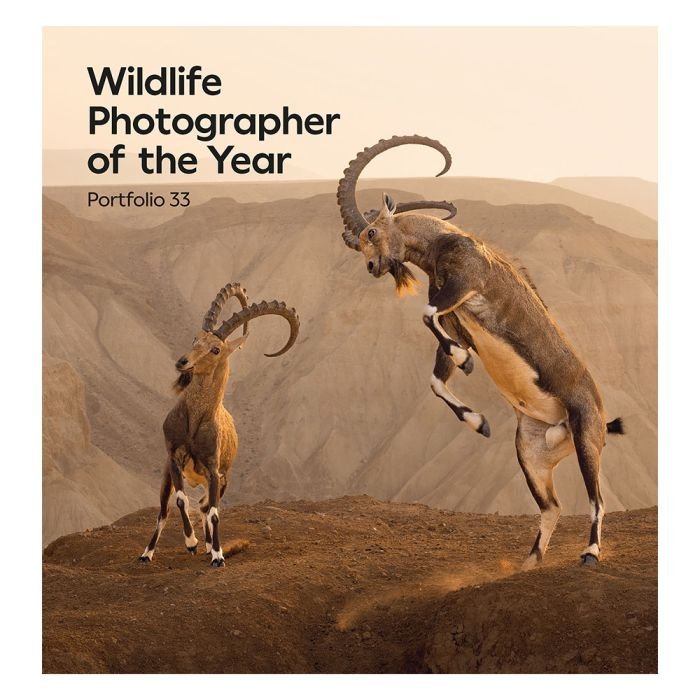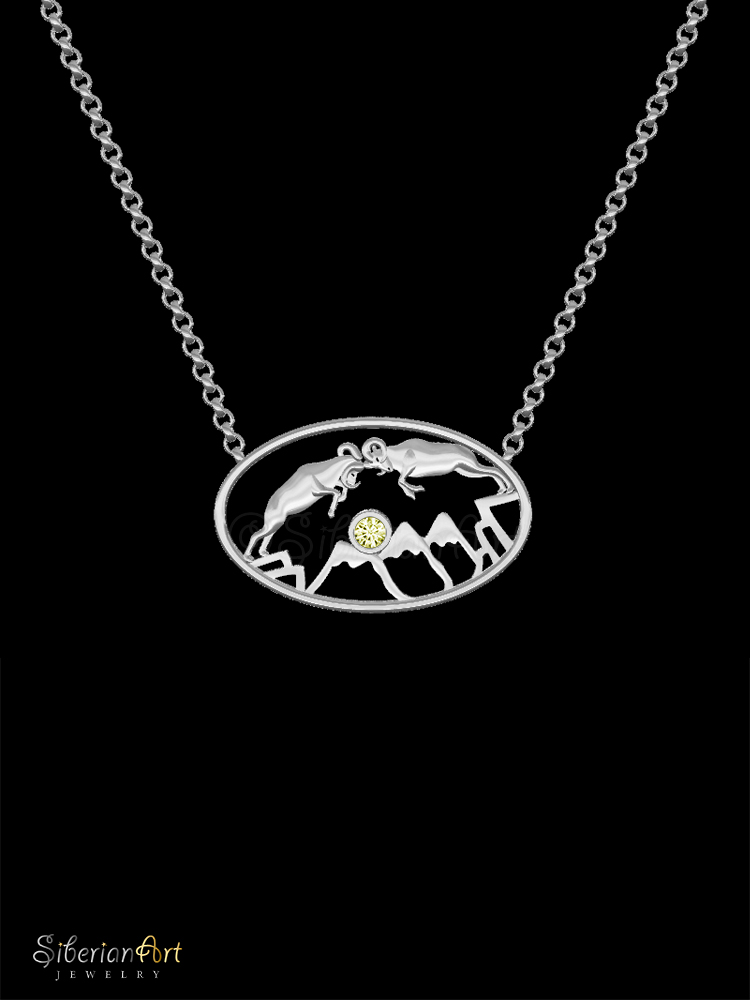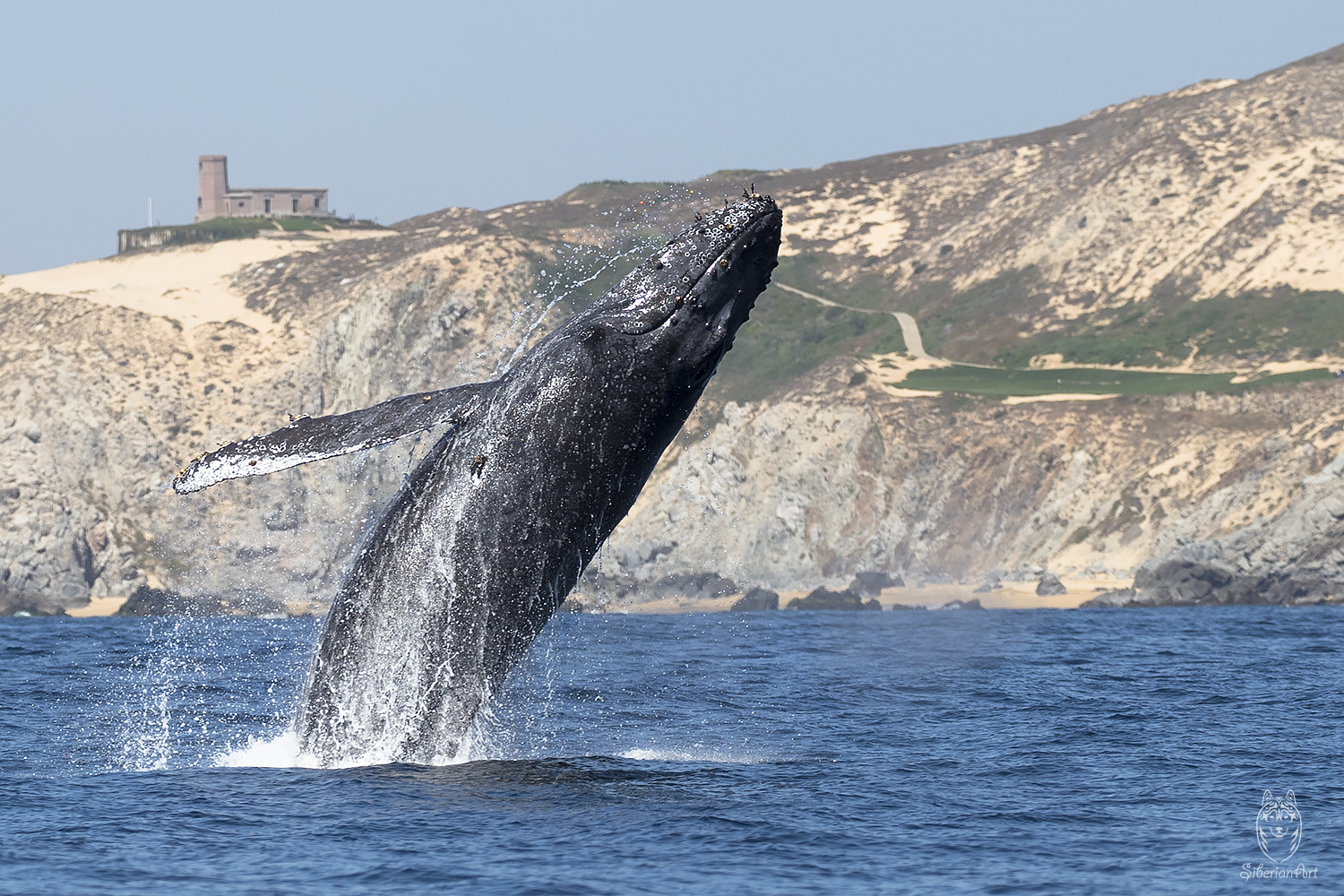Hidden Spirit trailer
I am very excited to share with you the trailer for the documentary film "Hidden Spirit" produced by my friend, the talented photographer and director Uri Magnus Dotan. About two and a half years ago we embarked on a expedition to Mongolia with the goal of making a film about the search of the elusive snow leopard. During the journey, very personal contents emerged from me, a story I kept to myself for over a decade, dealing with a pain that I shared with almost no one, including those closest to me. As the journey progressed, Uri's understanding grew stronger that the story that should be told on the film is the very personal story of my struggle. The decision to be exposed like this is not easy for me. A year later we went to Mongolia again to complete the shooting of the film, and soon after Uri continued editing and producing the film for a period of about a year and a half. The premiere of the film is a defining moment for me and my family, a very personal exposure but at the same time also a great sense of liberation from just talking about the subject, and a strong belief that watching the film can also provide inspiration, hope and support to people and families who are also dealing with similar issues.
For more info on the film:
https://www.hiddenspirit.co






































































































